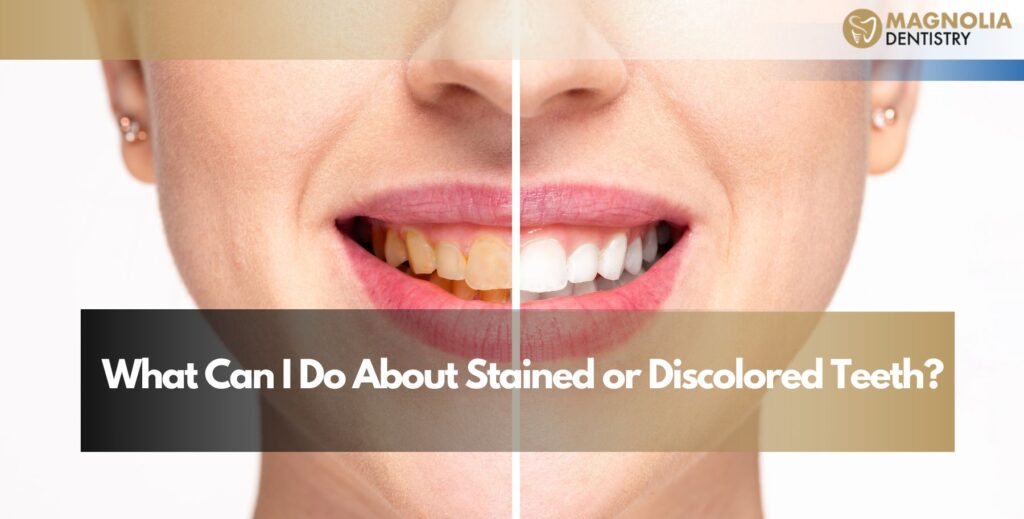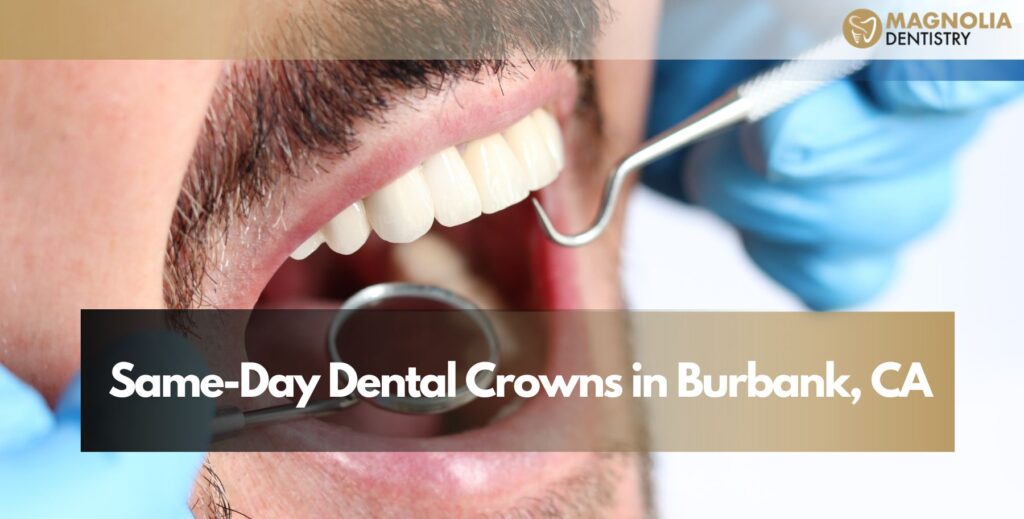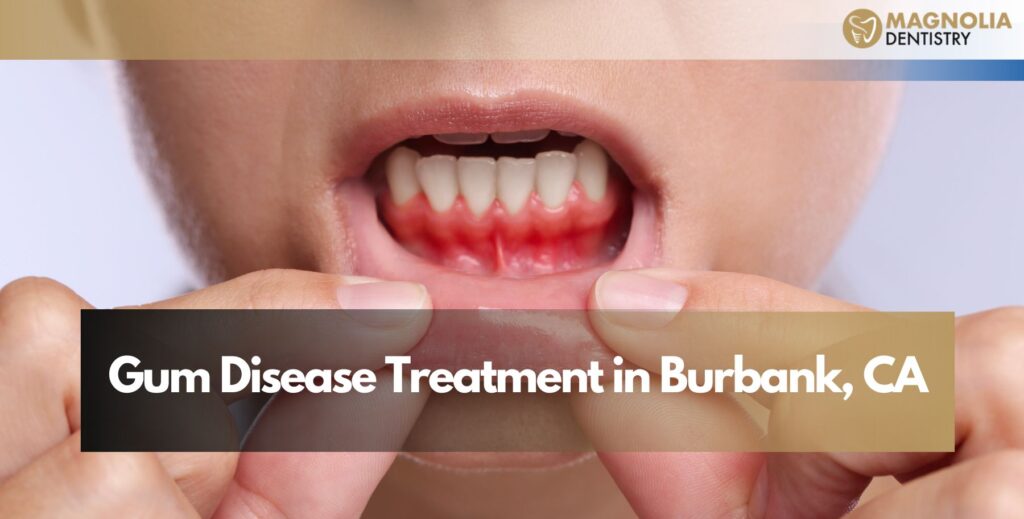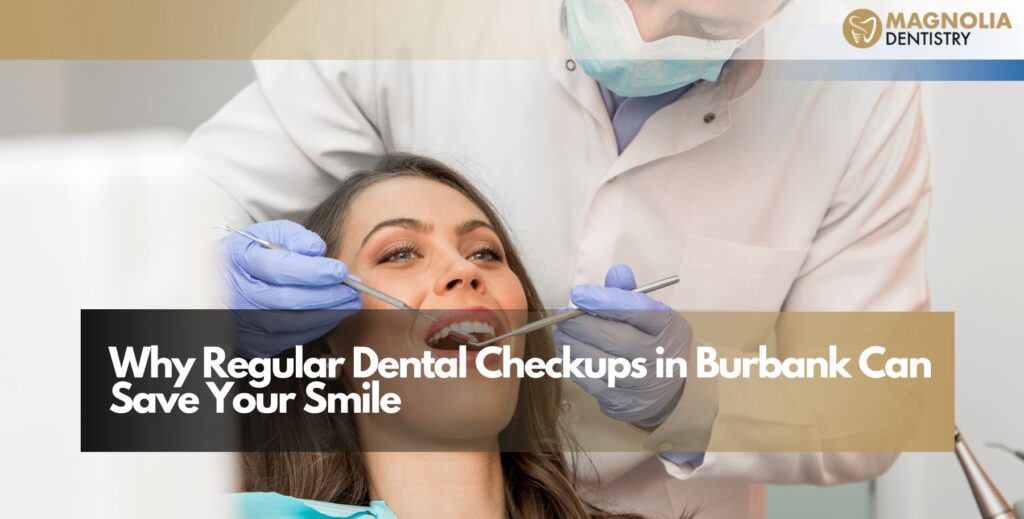A bright, clean smile can change how you feel about yourself and how others see you. Unfortunately, stained or discolored teeth are very common. Over time, enamel loses its brightness due to food, drinks, tobacco, aging, or even certain medications. The good news is that modern dentistry offers several safe and effective ways to bring back a naturally white smile.
This complete guide explains what causes tooth discoloration, how to prevent it, and the most effective professional treatments available today.
Understanding Tooth Discoloration
Tooth discoloration happens for many reasons. Some stains are external and affect the enamel’s surface, while others come from inside the tooth. Knowing the difference helps your dentist recommend the right treatment.
Extrinsic Stains (Surface Discoloration)
Extrinsic stains affect the enamel — the hard outer layer of the tooth. They are often caused by colored foods, drinks, or habits like smoking. Coffee, tea, red wine, soda, soy sauce, and berries can all cause surface stains. Tobacco is another major culprit, leaving yellow or brown marks that are difficult to remove at home.
These stains are typically easier to treat. Professional cleanings or whitening procedures can remove or lighten them effectively.
Intrinsic Stains (Internal Discoloration)
Intrinsic stains occur within the inner part of the tooth, called dentin. These stains are often the result of aging, excessive fluoride exposure, trauma, or certain medications like tetracycline. Because they’re embedded inside the tooth, over-the-counter whitening products rarely help.
For intrinsic discoloration, treatments like veneers, bonding, or internal whitening are more effective.
Age-Related Discoloration
As we age, enamel naturally thins, exposing more of the yellowish dentin underneath. Even people with excellent oral hygiene notice that their teeth become duller over time. Age-related discoloration is normal but can be brightened through professional whitening or cosmetic treatments.
Common Causes of Stained or Discolored Teeth
Tooth discoloration can be caused by several lifestyle, medical, or environmental factors. Understanding these helps you identify what might be affecting your teeth.
Foods and Drinks
Some foods and beverages contain pigments called chromogens, which stick to enamel and cause staining. These include:
- Coffee and tea
- Red wine and dark juices
- Berries
- Cola and sports drinks
- Tomato-based sauces
Even healthy choices like green tea or blueberries can darken teeth over time if consumed frequently.
Tobacco Use
Smoking or chewing tobacco is one of the most damaging habits for your smile. Nicotine and tar penetrate enamel, creating deep stains that brushing can’t remove. Tobacco also causes bad breath and increases the risk of gum disease.
Poor Oral Hygiene
Inconsistent brushing or flossing allows plaque and tartar to accumulate. Once hardened, these deposits attract pigments and make your teeth appear darker. Regular cleaning is essential to prevent this buildup.
Medications
Some medications cause discoloration as a side effect. Antibiotics like tetracycline and doxycycline can stain developing teeth in children. Certain antihistamines, blood pressure medications, and mouth rinses containing chlorhexidine may also darken teeth.
Dental Trauma
An injury to a tooth can damage its pulp and cause internal bleeding, leading to a gray or brown hue. Sometimes, discoloration appears months after the trauma occurs.
Excessive Fluoride
Too much fluoride exposure during childhood, while teeth are developing, can cause white or brown spots on enamel — a condition called fluorosis. This is common in areas where the natural fluoride levels in water are high.
Aging
Over the years, enamel becomes thinner from natural wear and acidic foods, revealing the darker dentin beneath. The result is a yellow or gray appearance that deepens gradually.
When to See a Dentist
It’s important to see a dentist if your teeth are changing color and the discoloration doesn’t improve with regular brushing. Staining can sometimes signal an underlying issue such as decay, enamel erosion, or nerve damage.
Your dentist can identify the type of staining — extrinsic or intrinsic — and recommend the right solution. Professional evaluation ensures safe and effective results while protecting the health of your teeth and gums.
Home Remedies and Over-the-Counter Options
Many people try to whiten their teeth using home remedies, but not all are effective — and some can even damage enamel.
Whitening Toothpaste and Strips
Over-the-counter whitening products contain mild abrasives or low concentrations of bleaching agents. These can remove minor surface stains but are less effective for deeper discoloration. Overuse may also cause tooth sensitivity or gum irritation.
Baking Soda and Activated Charcoal
Some people brush with baking soda or charcoal powders to remove stains. While these can temporarily polish enamel, they are abrasive and may wear away the protective surface, making teeth more sensitive and prone to staining in the long run.
Oil Pulling and Natural Treatments
Oil pulling with coconut oil or rinsing with apple cider vinegar are popular online, but scientific evidence supporting their whitening effects is limited. Vinegar is acidic and can weaken enamel if used often.
It’s always safer to consult your dentist before trying any DIY methods.
Professional Dental Treatments for Stained or Discolored Teeth
Professional dental treatments provide the safest and most effective results. They are designed to address different levels of staining, from surface discoloration to deep internal stains.
Professional Dental Cleaning
A professional cleaning (also known as prophylaxis) is often the first step. Your dentist or hygienist removes plaque, tartar, and superficial stains that regular brushing can’t eliminate.
After polishing, your teeth immediately appear cleaner and brighter. Regular cleanings every six months prevent future discoloration and keep your teeth healthy.
Professional Teeth Whitening
Professional whitening is one of the most popular cosmetic dental treatments. It uses high-strength bleaching agents to lift stains and lighten your natural tooth color by several shades.
In-Office Whitening
During in-office whitening, your dentist applies a peroxide-based gel to the teeth and may use a special light to enhance the effect. The process takes about an hour, and results are visible immediately.
This method is safe, controlled, and produces more dramatic results than over-the-counter kits.
Take-Home Whitening Kits
Custom whitening trays created by your dentist allow you to whiten your teeth at home using professional-grade gel. You wear the trays for a set period each day for one to two weeks.
Results are gradual but long-lasting and can be refreshed with occasional touch-ups.
Dental Bonding
When stains are too deep for whitening, dental bonding offers an excellent solution. In this procedure, your dentist applies a tooth-colored composite resin to the affected tooth, shapes it, and hardens it with a special light.
Bonding covers discoloration and also fixes small chips or gaps. It’s affordable and can be completed in a single visit. The result is a smoother, brighter smile that looks completely natural.
Porcelain Veneers
For severe discoloration, porcelain veneers offer a long-term, transformative solution. Veneers are thin shells placed on the front surface of your teeth to mask imperfections such as deep stains, uneven shapes, or wear.
The procedure involves removing a thin layer of enamel, taking impressions, and bonding custom-made veneers to your teeth. Veneers resist future stains and maintain their color for over a decade with proper care.
Internal Bleaching
When a single tooth darkens after a root canal or trauma, internal bleaching may be recommended. The dentist places whitening material inside the tooth and seals it temporarily. After a few days, the material is removed, and the tooth is restored.
This method lightens the tooth from the inside, helping it blend with your surrounding teeth.
Dental Crowns
In cases of extreme discoloration or structural damage, a dental crown may be the best choice. A crown covers the entire tooth, restoring both strength and appearance. Porcelain and zirconia crowns are durable, lifelike, and color-matched to your natural teeth.
Preventing Tooth Stains
While professional treatments can restore brightness, prevention helps maintain results and reduce the need for future whitening.
Practice Good Oral Hygiene
Brush at least twice daily with fluoride toothpaste and floss once a day to remove plaque and food debris. Electric toothbrushes can help clean more effectively, especially along the gumline.
Limit Staining Foods and Drinks
Try to reduce your intake of coffee, tea, red wine, and dark sauces. Rinse your mouth with water afterward or drink through a straw to minimize contact with teeth.
Avoid Tobacco
Tobacco is one of the hardest habits on your teeth and gums. Quitting smoking or chewing tobacco prevents new stains and improves your overall oral health.
Schedule Regular Dental Visits
Routine checkups and cleanings every six months are essential. Professional polishing removes buildup that you can’t remove at home and keeps your smile fresh.
Use a Whitening Toothpaste Occasionally
Whitening toothpaste can help maintain your results but should not replace professional care. Avoid products that feel gritty or abrasive, as they may erode enamel.
Managing Sensitivity After Whitening
Some patients experience mild sensitivity after whitening treatments. This is temporary and usually subsides within a day or two.
Use toothpaste for sensitive teeth and avoid very hot or cold foods for 48 hours. If discomfort persists, contact your dentist for additional recommendations.
Why Professional Whitening Is Safer and More Reliable
Professional whitening treatments are performed under expert supervision, ensuring that your gums and enamel stay protected. Unlike over-the-counter kits, your dentist can:
- Customize whitening strength to your needs
- Protect soft tissues from irritation
- Achieve even color results
- Offer post-whitening care for long-term brightness
At Magnolia Dentistry, Dentist in Burbank, CA, we carefully evaluate your oral health before recommending whitening. Our goal is to enhance your smile safely and comfortably while achieving natural-looking results.
How Long Whitening Results Last
Whitening results vary from person to person, but with proper care, you can maintain your new smile for a long time. In-office treatments generally last from one to two years, while take-home trays can be used for occasional touch-ups.
Limiting stain-causing foods and maintaining good hygiene are the best ways to preserve your results.
Combining Treatments for Complete Smile Enhancement
Sometimes, a combination of treatments provides the most balanced outcome. For example, you might undergo whitening first and then get bonding or veneers to perfect the shape and symmetry of your teeth.
Your dentist will create a personalized treatment plan based on your goals, time frame, and budget.
The Psychological Benefits of Whiter Teeth
A bright smile can do more than just improve your appearance — it can boost your confidence and self-esteem. Patients often find that they smile more often, feel more comfortable in social settings, and enjoy better first impressions at work and in personal interactions.
Whitening your teeth can be a small but powerful step toward feeling more confident every day.
Myths About Tooth Whitening
There are many myths surrounding teeth whitening. Let’s clear up some common misconceptions.
Whitening Damages Enamel
When done by a dentist, whitening does not harm enamel. The materials used are tested for safety and designed to remove stains without affecting tooth structure.
Whitening Works on All Dental Work
Whitening products only affect natural enamel. Crowns, veneers, and fillings will not change color, so treatment planning is essential to keep your smile uniform.
Charcoal or Baking Soda Is Safer
While these are natural products, they are abrasive and can scratch enamel. Over time, this leads to increased sensitivity and darker teeth, not whiter ones.
Whitening Is Permanent
No whitening method is permanent because teeth are exposed daily to staining substances. However, touch-ups and cleanings can help maintain your results for years.
The Role of Enamel in Tooth Color
Tooth enamel is naturally translucent. Its condition and thickness determine how light reflects from your teeth. Healthy enamel appears smooth and bright, while worn or rough enamel looks dull and yellow.
Protecting enamel is key to long-term whiteness. Avoid acidic foods, limit sugar intake, and brush gently to preserve your enamel surface.
How to Maintain a Bright Smile After Treatment
Maintaining your results is easy with consistent care. Here’s how to keep your smile shining:
- Brush twice a day using a fluoride or whitening toothpaste.
- Floss daily to remove plaque.
- Drink plenty of water throughout the day.
- Limit coffee, tea, and red wine.
- Avoid smoking or chewing tobacco.
- Visit your dentist regularly for professional cleaning.
With these steps, your smile can stay radiant and healthy for years.
Conclusion
Stained or discolored teeth can make you feel self-conscious, but they don’t have to be permanent. With the right professional care, your smile can regain its natural brightness and health.
Whether you need a simple cleaning, advanced whitening, or veneers for deep discoloration, modern dentistry offers safe, customized solutions for every type of stain.
Your smile is one of your best features — taking care of it is an investment in both your appearance and your confidence.
FAQs
What causes teeth to turn yellow or brown?
Common causes include coffee, tea, smoking, poor oral hygiene, certain medications, and aging.
How long do whitening results last?
Results typically last from 12 to 24 months, depending on your diet and habits.
Can whitening damage enamel?
When done professionally, whitening is completely safe and does not harm enamel.
Are there natural ways to whiten teeth?
While brushing and rinsing after meals helps, natural remedies cannot replace professional care for significant stains.
Will whitening work on crowns or veneers?
No. Whitening affects only natural teeth. Restorations may need replacement if color mismatch occurs.
What if my teeth are sensitive after whitening?
Sensitivity is temporary. Use toothpaste for sensitive teeth and avoid extreme temperatures for a few days.
How can I prevent future discoloration?
Maintain good hygiene, limit dark-colored foods and drinks, and visit your dentist for regular cleanings.
Is it safe to whiten teeth frequently?
Yes, when supervised by your dentist. Frequent unsupervised whitening can cause irritation or sensitivity.




